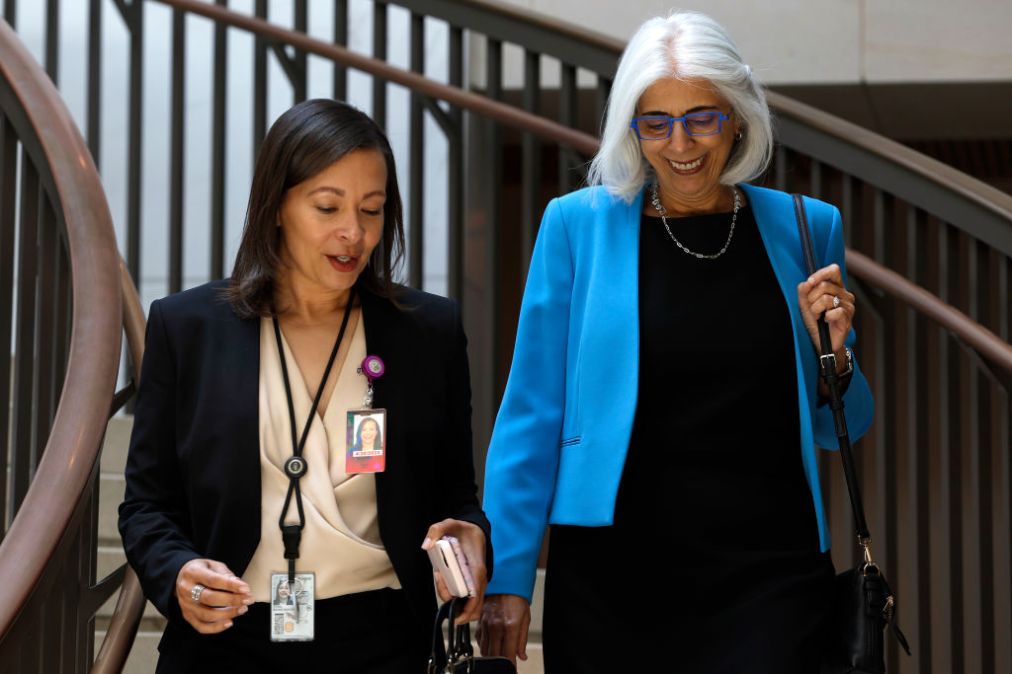White House science and tech report highlights R&D budget challenges

Budget constraints on research and development are limiting science and technology efforts across the federal landscape, according to a quadrennial White House report released this week and a top Biden administration official.
The Quadrennial Science and Technology Review Report, unveiled Monday, noted that federal agencies are working to manage current funding for federally funded R&D, but the administration is in a position where it must “continue advocating for robust” levels.
During an American Enterprise Institute event Tuesday, OSTP Director Arati Prabhakar echoed concerns about the current state of funding for federal R&D, as well as its infrastructure and impact on global competition for the nation. The government has to “do some fixing” to make sure that “we’ve got facilities and infrastructure that work,” she said.
“I go out to [the National Institute of Standards and Technology] where I was director, now 30 years ago, and I used to walk up to that building with such pride because it represented the scientific prowess that we have,” Prabhakar said.
She continued: “It’s been under construction for a long time because they can’t finish construction because we can’t seem to get construction dollars appropriated to really keep these facilities going. It’s not just NIST; it’s many other places. We’ve got to do some of those foundational things and then it’s time for us to go big with the possibilities that science and technology really bring us.”
Prabhakar has previously spoken out about the budget pitfalls and how aging facilities could threaten national goals for technology development, including AI.
Prabhakar’s comments match many of the sentiments expressed in the White House report, which said “federal R&D is necessary to apply AI for public missions. AI holds tremendous promise for helping us achieve America’s great aspirations in areas from national security to health to meeting the climate challenge and more.”
The report also touches on AI’s potential to benefit the public through R&D, in efforts such as delivering critical government services to Americans, developing new medicines for “seemingly intractable diseases” in months, providing weather forecasts that save lives and more.
The R&D performed throughout agencies can “make it possible to achieve better health outcomes, create new products and services, generate new industries and good jobs, improve policies and regulations and develop new standards and practices, all to address the greatest challenges of our time,” the report said.



